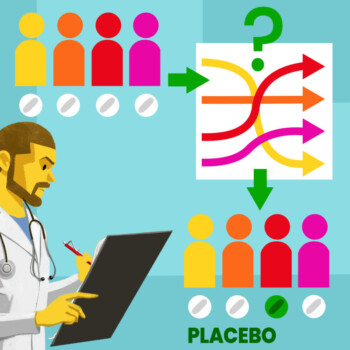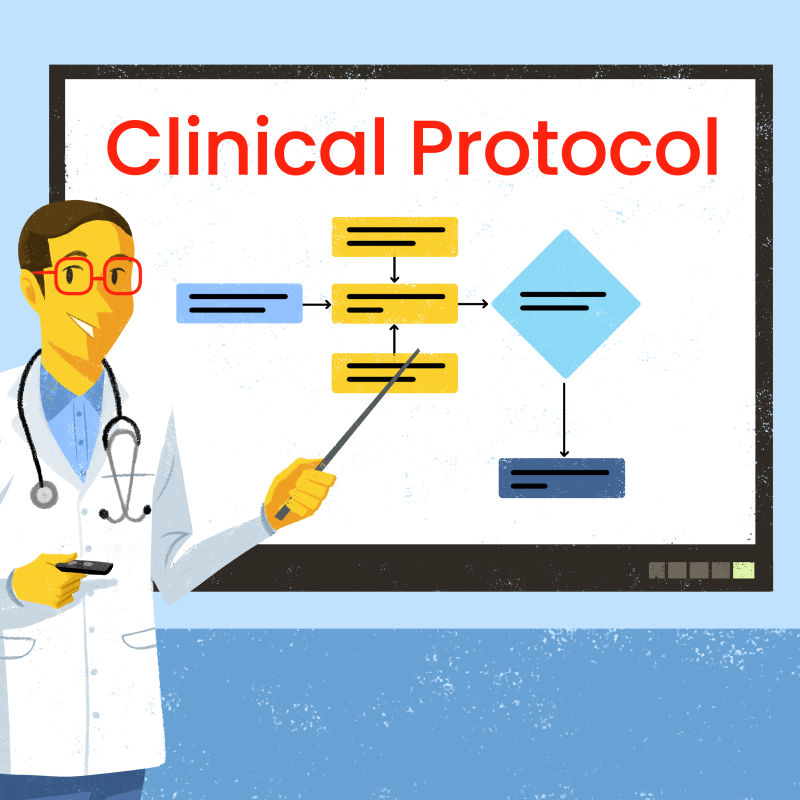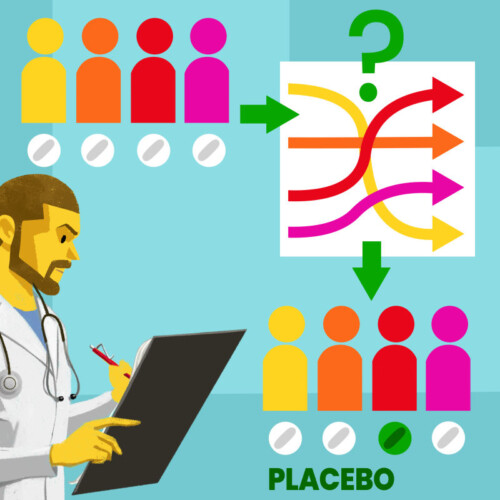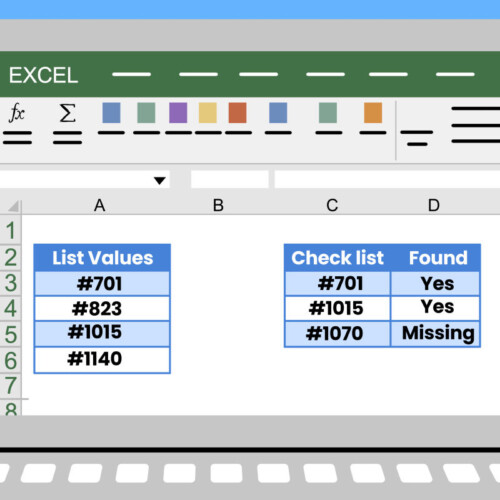Planning clinical research is a well-structured process aimed at transforming an idea—originating from a research question—into clear, coherent, reliable, presentable, and contestable data. Within this complex and multifaceted process, drafting the clinical protocol is a crucial step for logically and thoroughly organizing the planned study.
A clinical protocol is a document with scientific, operational, and ethical implications. It details a plan that outlines the objectives, methodology, design, and conduct of a clinical trial or study, specifying the criteria and binding the team to follow the procedures contained within. This helps protect participants from inappropriate and potentially dangerous operations.
Clinical protocols typically include information such as the purpose of the study, participant eligibility criteria, therapeutic interventions, dosing and administration schedules, data collection and analysis methods, safety monitoring procedures, and ethical considerations.
The Clinical Protocol in Outline
While the specific requirements of the document may vary depending on the nature of the study and the regulations of the overseeing authority (in Italy, the requests for starting clinical investigations on medical devices are managed by the Ministry of Health), it is still possible to extrapolate a general structure for a clinical protocol.
- Cover Page: Includes a table with the protocol title, protocol number, creation date, revision number, names and affiliations of the investigators and any sponsors (if it is a for-profit study), and contact information for the principal investigator (PI).
- Table of Contents: Serves as an index listing all sections and subsections for easier navigation.
- Synopsis: Provides a brief description of the study’s objectives, including the experimental design and methodology.
- Background: Outlines the scientific and clinical foundations upon which the study is based. This section includes an objective literature review aimed at defining the scientific gaps the study seeks to address and how the obtained results will contribute to this goal.
- Study Objectives: Clearly states the primary objective of the study and, if applicable, any secondary objectives. The objectives should be specific, measurable, achievable, and time-bound.
- Experimental Design: Defines the characteristics of the study in terms of experimental design (e.g., randomized study, cohort study, case-control study), including detailed information on duration, inclusion/exclusion criteria, and participant recruitment methods. If the protocol refers to a controlled study, the criteria for assigning participants to specific experimental groups must be defined, along with any randomization techniques used.
- Experimental Procedures: This section outlines the procedures followed during the study, including treatments, assessments, and follow-up visits. It is important to describe how data will be collected, recorded, and managed.
- Safety and Adverse Events: Defines the procedures for monitoring the safety profile of the treatment during the study, describing how adverse events will be characterized and managed.
- Statistical Analysis Plan: Describes the statistical methods that will be applied. It specifies the number of participants based on sample size calculations and any interim analyses.
- Ethical Considerations: Discusses ethical implications, including informed consent, data confidentiality and protection, and implications for vulnerable groups, defining strategies to ensure these principles.
- Data Management Plan: Defines procedures for data collection, storage, and analysis to ensure quality and integrity, specifying who will have access to the data and how confidentiality will be maintained.
- Quality Control and Assurance: Describes procedures for monitoring the study to ensure adherence to the protocol.
- Data Publication Policy: Explains how the dissemination of results will be managed.
- Bibliography: Lists sources referenced throughout the protocol.
- Appendix: Attaches supporting documents, such as questionnaires, registration forms, and regulatory documents.
Each of these sections contributes to the drafting of a complete clinical protocol, ensuring that all aspects of the research are clearly defined and comply with regulatory requirements and ethical standards.
Defining a clear and complete protocol is essential for planning clinical research. The scientific, methodological, and ethical nature of the clinical protocol facilitates the effective management of experimental phases. Although it is necessary to adapt the protocol to specific requirements related to the nature of the research and local legislation, a basic structure of information can be identified that is essential for this document.
Further Reading:
- De Riu, S., et al. “How to Plan a Clinical Study.” Riv. dell’Associazione Med. Diabetol 16 (2013): 377-383.
2. [EMA Guidelines].











